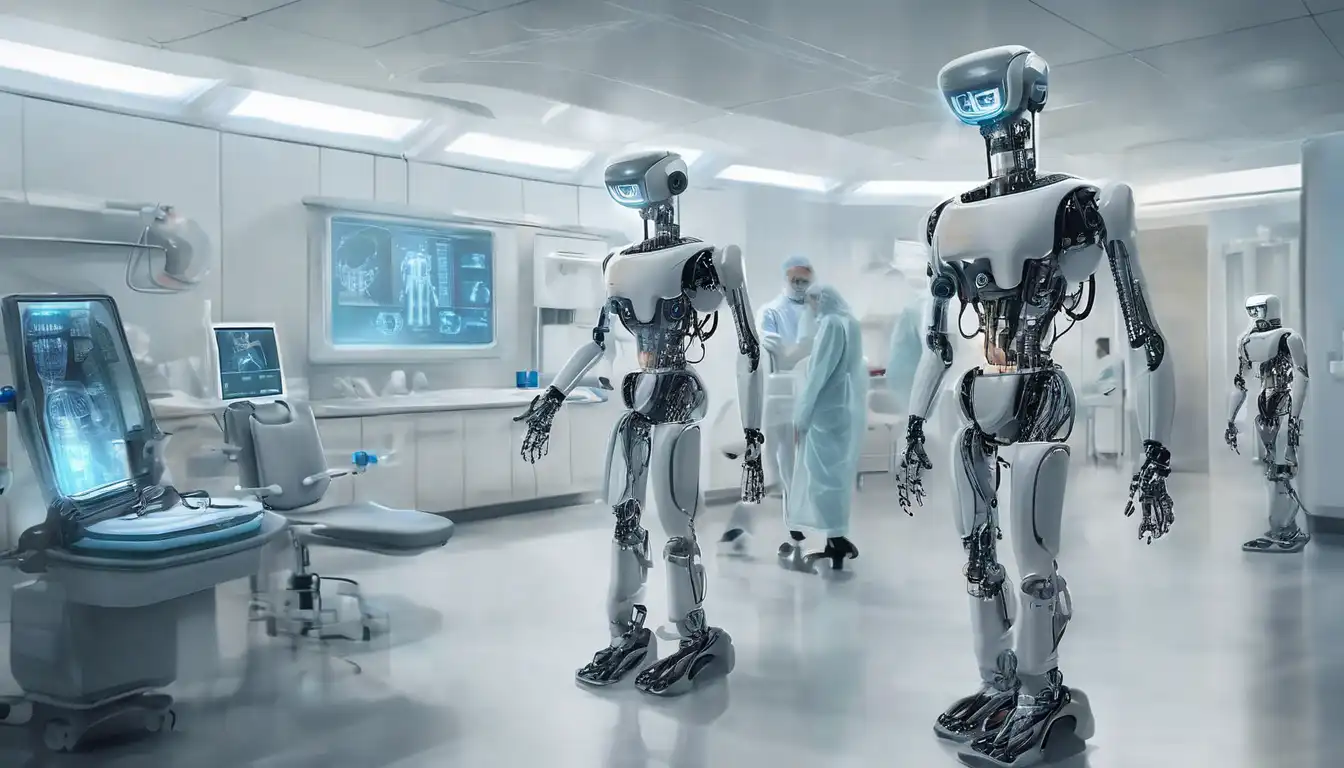Introduction to Robotics in Healthcare
The integration of robotics into healthcare is transforming the way patient care is delivered. From surgical robots to robotic prosthetics, the future of healthcare is being reshaped by technological advancements. This article explores the potential of robotics in healthcare, highlighting current applications and future possibilities.
Current Applications of Robotics in Healthcare
Robotics technology is already making significant impacts in various areas of healthcare. Surgical robots, for example, allow for precision and control beyond human capabilities, leading to less invasive procedures and quicker recovery times. Rehabilitation robots are helping patients regain mobility after injuries or strokes, while robotic exoskeletons are enabling individuals with spinal cord injuries to walk again.
The Future Potential of Robotics in Healthcare
The future of robotics in healthcare holds even more promise. Researchers are developing nanorobots that could deliver drugs directly to cancer cells, minimizing side effects and improving treatment outcomes. Telepresence robots could enable specialists to consult with patients in remote areas, breaking down geographical barriers to healthcare access.
Challenges and Considerations
Despite the exciting possibilities, the widespread adoption of robotics in healthcare faces challenges. High costs, ethical considerations, and the need for specialized training are significant hurdles. Additionally, ensuring patient safety and data security in robotic systems is paramount.
Conclusion
The future of robotics in healthcare is bright, with the potential to revolutionize patient care and medical procedures. As technology advances, the integration of robotics into healthcare will continue to grow, offering new solutions to old problems. The journey ahead is filled with challenges, but the benefits to patients and healthcare providers alike are undeniable.
For more insights into the latest trends in healthcare technology, check out our articles on medical innovations and the future of surgery.
